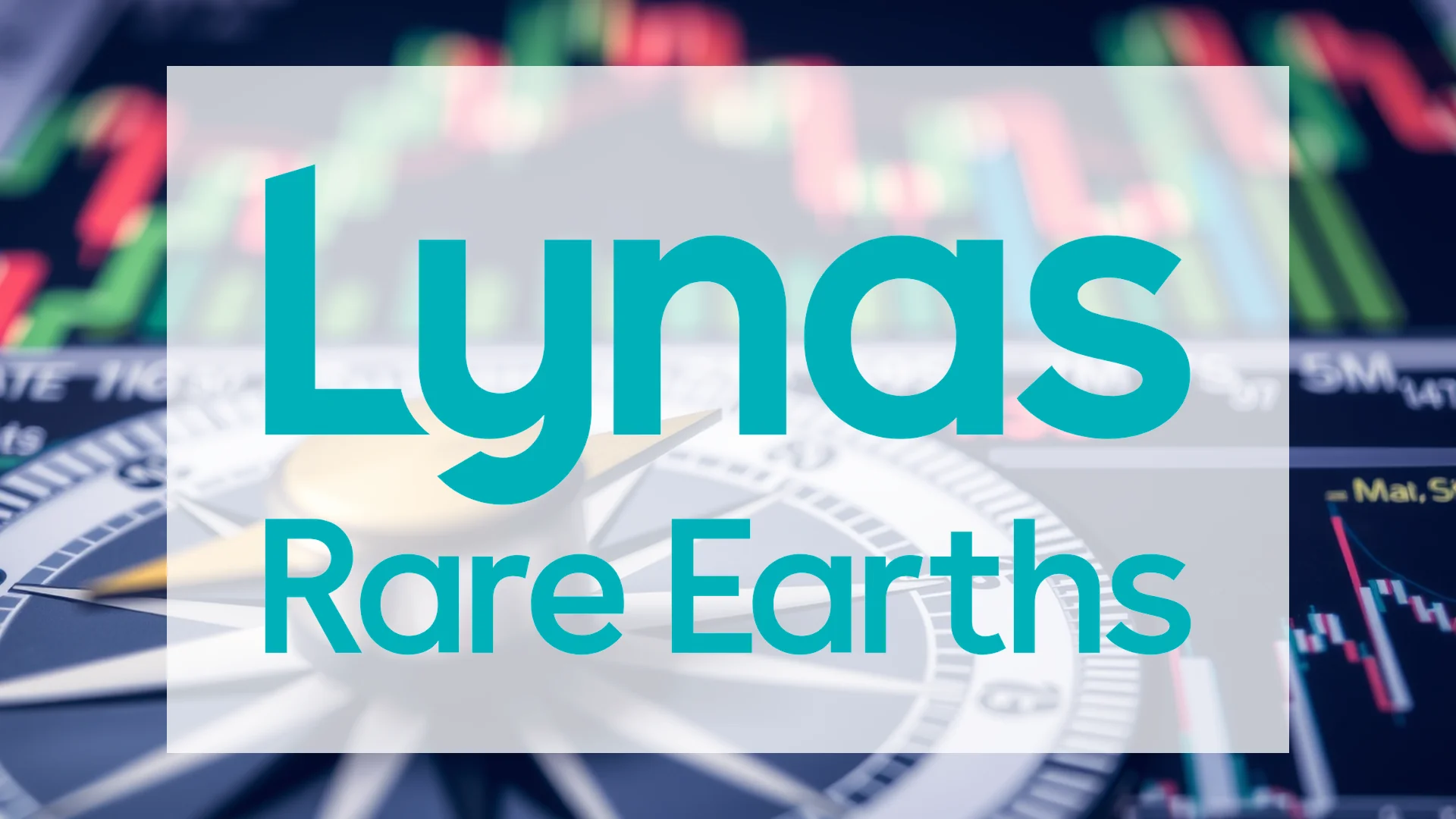Ethereum finds itself navigating turbulent market conditions, with its price teetering near the psychologically significant $3,000 threshold. The world’s second-largest cryptocurrency has witnessed a steep 15% decline over the past week, creating an atmosphere of concern among investors. However, beneath this surface volatility, a fascinating divergence is emerging: while retail participants react with alarm, major financial institutions are making strategic moves, highlighted by a groundbreaking new product announcement from none other than BlackRock. This contrast raises a pivotal question—is Ethereum facing imminent collapse, or are sophisticated investors quietly accumulating at discounted prices?
Network Activity Defies Price Weakness
Despite the downward price pressure, the Ethereum ecosystem demonstrates remarkable underlying strength. Daily active addresses surged to record levels throughout November, primarily driven by accelerated adoption of Layer-2 scaling solutions including Arbitrum and Base. In a significant development for interoperability, the Sequence platform launched, streamlining cross-chain swaps across 16 distinct Ethereum-compatible networks. This addresses a key challenge in the Layer-2 landscape: fragmentation.
Adding to the positive fundamental backdrop, the U.S. Office of the Comptroller of the Currency (OCC) issued clarifying guidance permitting national banks to hold Ethereum for facilitating transaction fee payments. While seemingly minor, this regulatory clarification represents another step toward mainstream institutional acceptance.
The Great Divergence: Whale Accumulation vs. Retail Exodus
Market sentiment indicators currently reflect “Extreme Fear,” yet on-chain data reveals a completely different story unfolding. Today, a newly created wallet withdrew a substantial 5,000 ETH, valued at approximately $15 million, from exchanges—a classic indicator of accumulation by large-scale investors. Simultaneously, the Open Interest for Ethereum futures contracts has plummeted from over $30 billion to just $18 billion, indicating substantial deleveraging has occurred. This reduction in leveraged positions significantly decreases the risk of cascading liquidations.
Should investors sell immediately? Or is it worth buying Ethereum?
Further supporting the case for a potential market bottom, the MVRV Ratio, a key metric for identifying market extremes, currently sits at -13%. Historically, this negative territory has represented accumulation zones where long-term oriented buyers typically establish positions, as selling pressure begins to exhaust itself.
BlackRock’s Strategic Play and Buterin’s Warning
From the corporate headquarters of the world’s largest asset manager came today’s most significant news: BlackRock has officially registered the “iShares Staked Ethereum Trust.” Unlike existing spot ETF products, this innovative vehicle is designed to capture staking rewards, which typically range between 3% to 4% annually. For institutional investors, this could represent a transformative development, finally offering a regulated pathway to participate not only in Ethereum’s price appreciation but also in the network’s native yield generation.
However, this institutional embrace carries potential risks. Ethereum co-founder Vitalik Buterin issued a stark warning during the Devconnect conference, expressing concern about the threat of an “institutional takeover.” His apprehension centers on the risk of network centralization if giants like BlackRock amass excessive staking power—a scenario that would contradict the foundational decentralized vision of the blockchain.
Technical Outlook: The $3,000 Battle Line
From a chart perspective, Ethereum is currently forming a descending wedge pattern, a technical formation that frequently precedes trend reversals. The $3,000 level now stands as the final major defensive line for bullish investors. A decisive break below this support could trigger further declines toward the $2,700 area. Conversely, if this level holds firm and price manages a sustained breakout above $3,130, it could trap bearish positions and catalyze a significant upward move.
Ad
Ethereum Stock: Buy or Sell?! New Ethereum Analysis from November 20 delivers the answer:
The latest Ethereum figures speak for themselves: Urgent action needed for Ethereum investors. Is it worth buying or should you sell? Find out what to do now in the current free analysis from November 20.
Ethereum: Buy or sell? Read more here...









